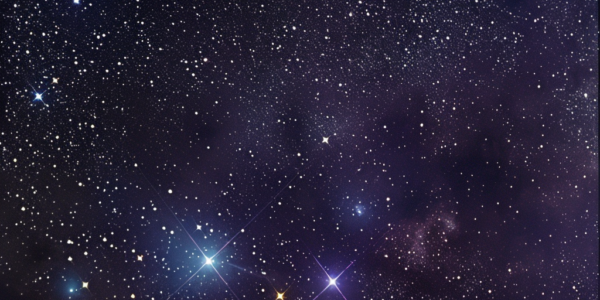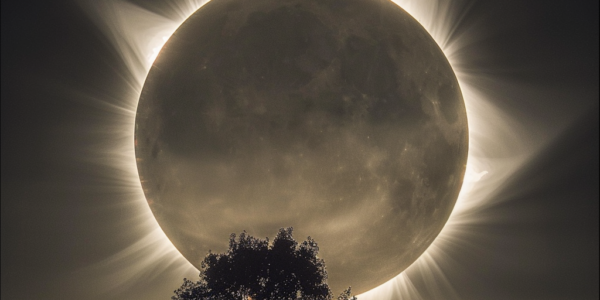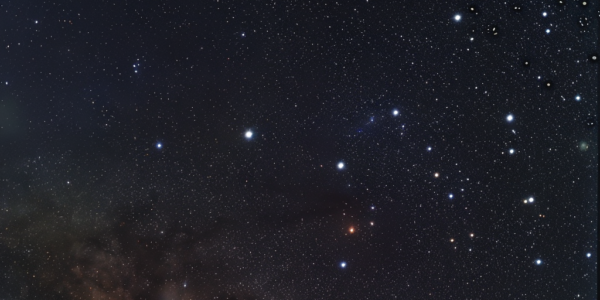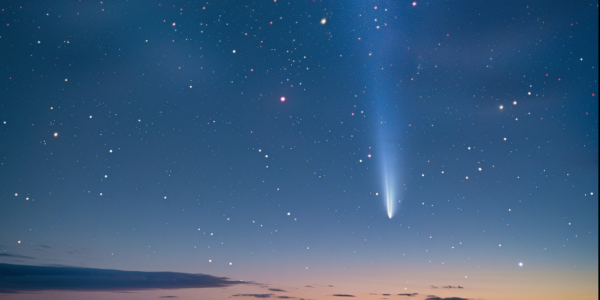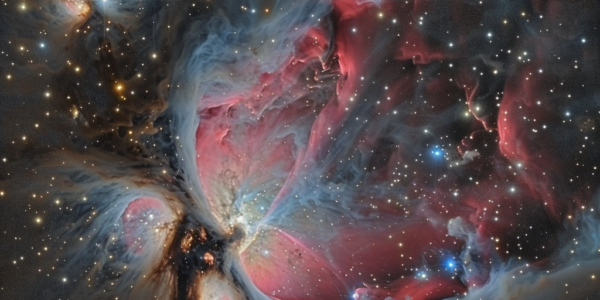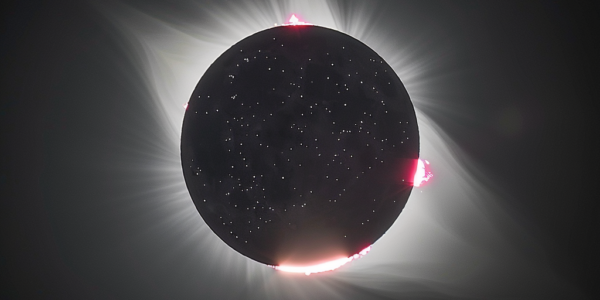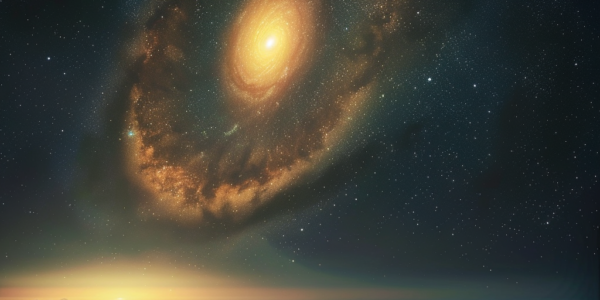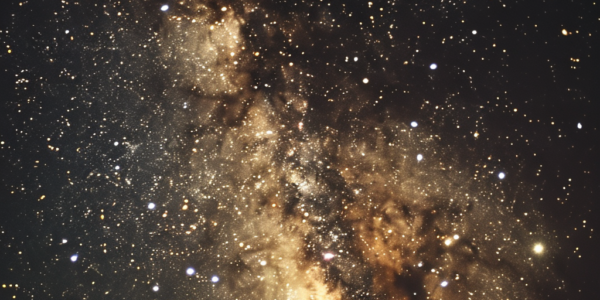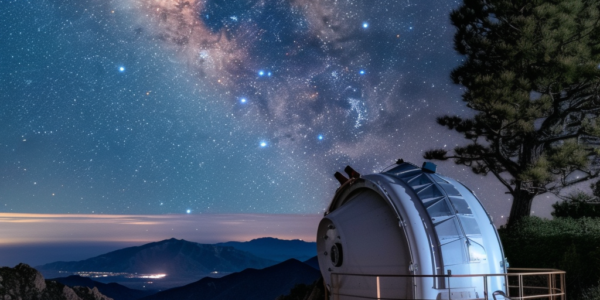Rare Nova Outburst Expected to Light Up Night Sky in 2024
A rare nova outburst visible to the naked eye is expected to occur in the constellation Corona Borealis, offering a once-in-a-lifetime viewing opportunity. The outburst, caused by a binary star system known as T Coronae Borealis, will be as bright as the North Star and last for about a week before fading. Viewers can spot the outburst between February and September 2024, making it a unique skywatching event.
Upcoming Total Solar Eclipse in 2024 Captures Attention and Prompts Trip Planning
The upcoming total solar eclipse on April 8, 2024, has captured the attention of millions as it promises to be an extraordinary astronomical event. This rare occurrence is generating widespread interest and prompting people to plan trips to witness this awe-inspiring phenomenon. What makes this total solar eclipse particularly compelling is its accessibility to a larger population in the United States compared to previous eclipses. The 2024 eclipse is anticipated to be even more captivating due to differences in its path, timing, and potential for scientific research, as highlighted by NASA.
Celestial Wonders of the Night Sky This Week
Discover the celestial wonders of the night sky this week, from the equilateral Winter Triangle to the unique Beehive Star Cluster. Don’t miss the captivating celestial event of Algol, a binary star system in the constellation Perseus, and the transition to daylight saving time on Sunday. The Gemini twins, Pollux and Castor, also offer a fascinating view for observers in the world’s mid-northern latitudes. Don’t miss out on the captivating beauty of the cosmos this week!
Norfolk County Residents Prepare for Rare Solar Eclipse
Norfolk County residents will have the rare opportunity to witness a total solar eclipse, with McMaster University providing certified eclipse glasses to ensure safe viewing. The path of totality, stretching from southwest to northeast, will encompass Norfolk and Brantford, allowing for a once-in-a-lifetime spectacle. Free eclipse glasses will be available at public libraries, but quantities are limited, so residents are encouraged to secure their pair early.
March 2024: Devil Comet, Worm Moon, Juno Asteroid, and More Celestial Events
Get ready for a celestial spectacle in March 2024, featuring the Devil comet, Worm Moon, Juno Asteroid, a Lunar Eclipse, and more! From a rare glimpse of the massive asteroid 3 Juno to the annual Messier Marathon, this month offers plenty of opportunities for sky-watching enthusiasts. Don’t miss out on the chance to witness these astronomical events and expand your sky-watching circle!
Astronomers Make Groundbreaking Discovery in Orion Nebula
A groundbreaking discovery in the Orion Nebula reveals the destruction and re-formation of water within a planet-forming disk, shedding light on the intricate processes taking place within the nebula. The study, led by University Paris-Saclay Ph.D. student Marion Zannese and involving an international team, was published in Nature Astronomy and holds significant implications for the emergence of life beyond our planet.
Upcoming Total Solar Eclipse to Provide New Insights into Sun’s Mysterious Corona
On April 8, 2024, a 115-mile-wide strip of North America will be plunged into darkness as the moon slips in front of the sun, creating a rosy, fluffy crown of flame visible from Mazatlán, Mexico, to Newfoundland, Canada. This upcoming total solar eclipse is generating excitement not only among spectators but also among scientists eager to study the solar corona, the mysterious outer atmosphere of the sun. The solar corona has long been a subject of fascination and mystery for astronomers, and the upcoming eclipse, along with new sun probes, is poised to revolutionize our understanding of the sun and its enigmatic corona.
Astronomers Discover Brightest and Most Voracious Black Hole Ever Detected
The discovery of the brightest and most voracious black hole ever detected, known as J0529-4351, has left astronomers in awe. This remarkable finding was confirmed through observations by the Very Large Telescope in Chile. Scientists revealed that the black hole devours the mass equivalent to one Sun every day, highlighting its insatiable appetite. J0529-4351, although recorded in data many years ago, has only recently been recognized for its true glory. Quasars like J0529-4351 are the energetic cores of galaxies powered by immense black holes, known as Active Galactic Nuclei (AGN). The quasar’s emission, which took 12 billion years to reach the detectors at the VLT, is over 500 trillion times more luminous than the Sun, making it an astonishing discovery in the field of astronomy.
The Search for Extraterrestrial Life: Using Supernovae as a Focal Point
In the search for alien civilizations, researchers have proposed using bright galactic events like supernovae as a focal point for civilizations to announce their presence. SETI, dedicated to research and education, aims to drive exploration into the origins of life across the Universe. A recent paper reported an exciting development in the search for ET, using observations from the Transiting Exoplanet Survey Satellite (TESS) to monitor the SETI Ellipsoid. These findings open up new possibilities for exploring the existence of extraterrestrial life.
Scientists Make Breakthrough in Study of Cannibalized Stars
Georgia State University’s Center for High Angular Resolution Astronomy (CHARA) Array scientists have made a breakthrough in the study of cannibalized stars. The research team led by Postdoctoral Research Associate Robert Klement completed a survey of stars suspected to have devoured gas from orbiting companion stars, directly detecting the feeble glow of the cannibalized stars. Published in The Astrophysical Journal, the findings shed light on the life trajectory of close binary stars, providing valuable insights into the dynamics of these star systems.

